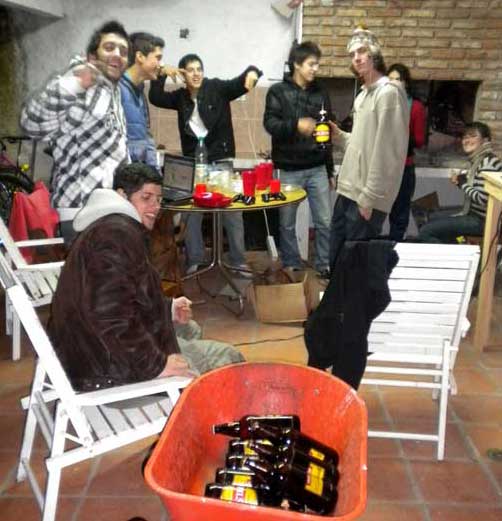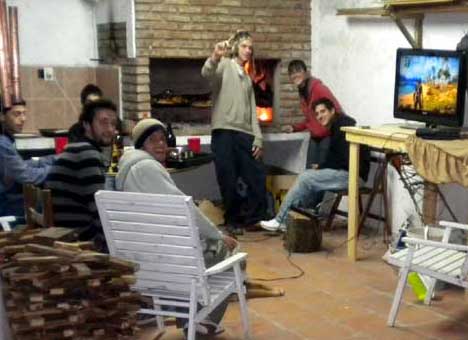
Living most of the year in Atlántida, Uruguay, I seldom see a McDonald’s except in the heat of summer when one opens for four months, in the center of our sleepy beach town, to serve the throngs of tourists who flock here from December through March. I’ve never stepped inside, but our son often hung out there with his friends when he lived here. He said he loved their fries (papas fritas). I suspect he also loved girl-watching from that strategic location.
Each time I walk past the now-shuttered building, I’m reminded of an exchange of vibrancy I experienced years ago while visiting my friend Michael in LA. Yes, it involved McDonald’s.
Michael was close friends with an artist who created original murals for the McDonald’s restaurant chain in the early 80s. Knowing I was also an artist, the friend invited me and Michael to visit his warehouse studio one afternoon. I remember walking into the immense space and being in awe of the feeling of vitality surrounding me. As I walked down the long aisles I saw dozens of apparently identical paintings. I noticed some were unfinished and the blank canvas spaces had tiny numbers written on them. I stopped to ask.
“Paint by number,” he said, smiling. “I design and paint the original and then other artists paint the copies by duplicating the design and colors I’ve used.”
“Wow!” I said, wondering exactly how that worked.
He showed us his latest design and then invited us to join him for tea time. As we sipped our tea, he and Michael talked about their involvement with an intense personal development program called Silva—a meditation program to help people visualize and tap into their greatest potential. I was looking forward to attending the Silva weekend workshop that Michael was teaching.
We talked about the process of being creative. The mural artist said that he knew as a child that he would become an artist.
“I did as well,” I said. “As a kid, I dreamed of being an artist, a writer, a singer, a song writer. I always dreamed of creating original things.”
“And now you are,” Michael said.
“Destiny,” Michael’s friend added.
We talked at great length about the ‘rushes of pure energy’ that go into creating works of art, literature, and music, and how artists pour their most intense vitality into an original piece.
“An original painting is the first telling of a story,” he said. “It’s filled with passion and zest.”
I remember getting goosebumps with those words, knowing it to be true from my own experience. “Total awareness,” I said. “Being aware of a deeper knowledge and knowing you’re on the verge of making something magical happen through a creative endeavor. I always had a need to express myself after discovering new information. My inner voice encouraged me to take the information, stir my imagination, and create something unique.”
“Being able to go with that flow of energy and follow one’s passion to action is glorious,” he said.
I agreed.
“Come with me.” He stood and motioned me to follow. “I’ll bet you can pick out my original paintings from a line-up.”
I followed him to a large group of identical-looking murals. I walked up and back down the aisle, in a relaxed meditative state. I stopped in front of one painting and felt sparks pulse up through my body. The colors vibrated with light. “This one,” I said. “It’s dancing.”
He smiled and nodded.
I followed him to another row of murals and again picked his original creation.
He beamed.
I did this a third time and looked around the warehouse filled with identical colorful paintings. On the surface they all looked the same–same size, same design, same colors. But the original had a natural flow of vibrant, focused energy–it danced with attitude and spontaneity creating something magically unique.
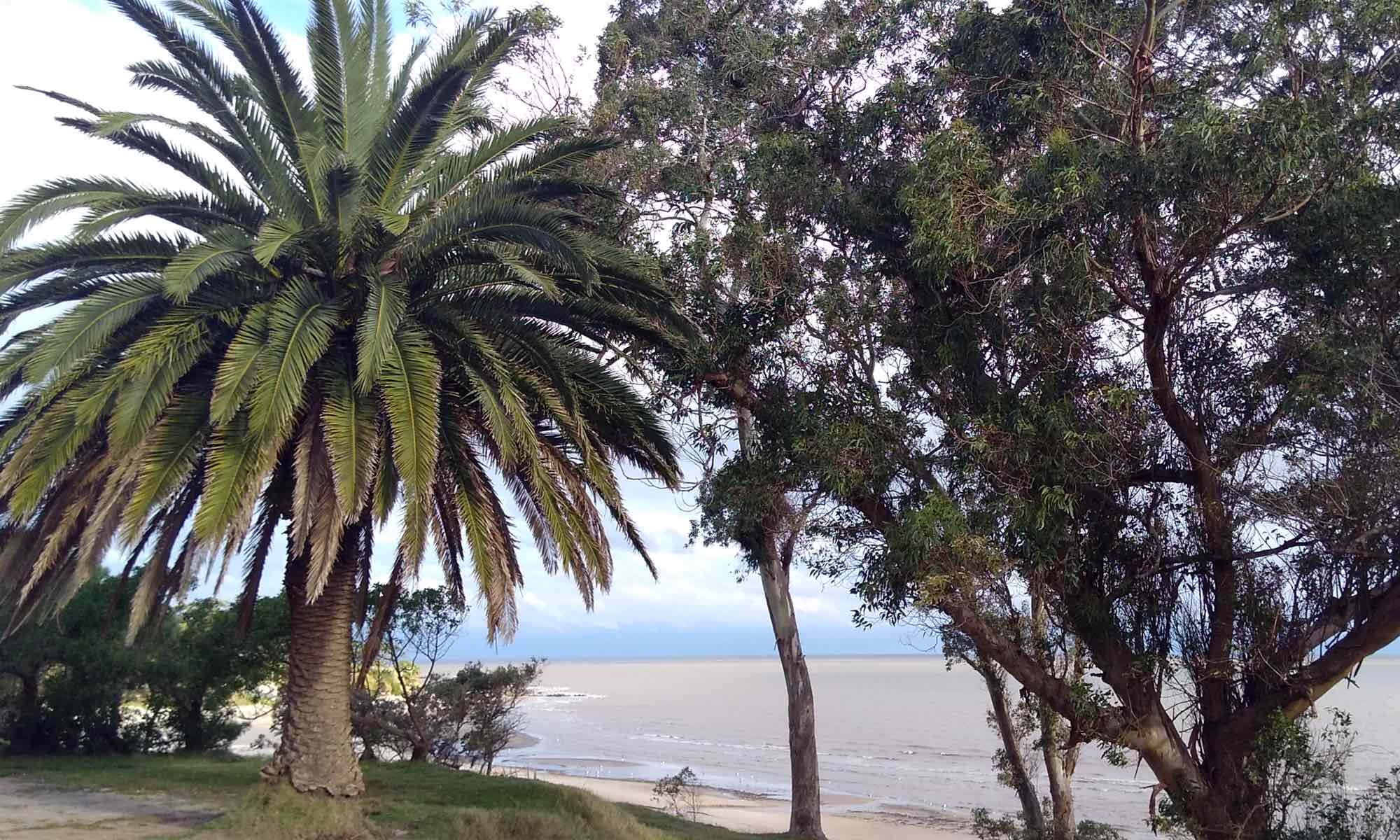

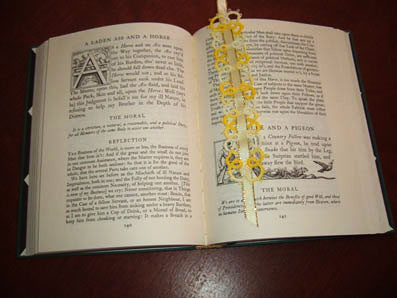
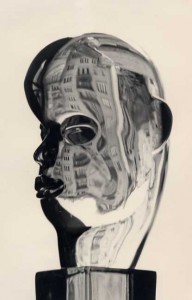
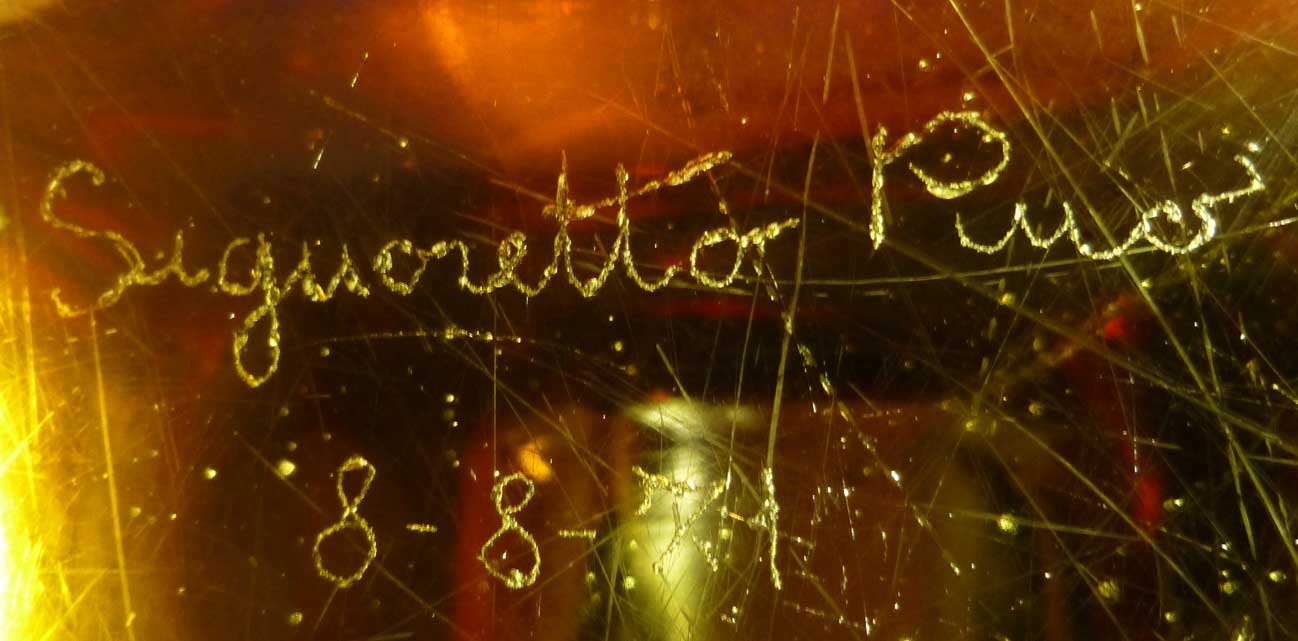
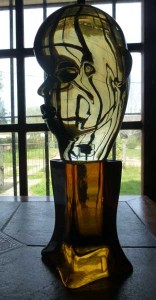
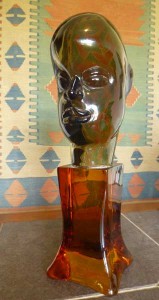
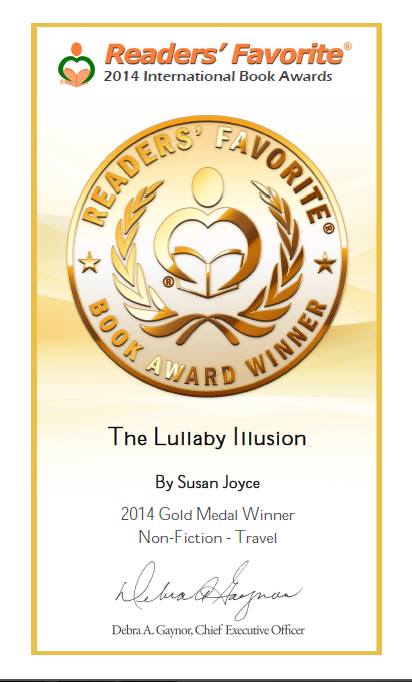

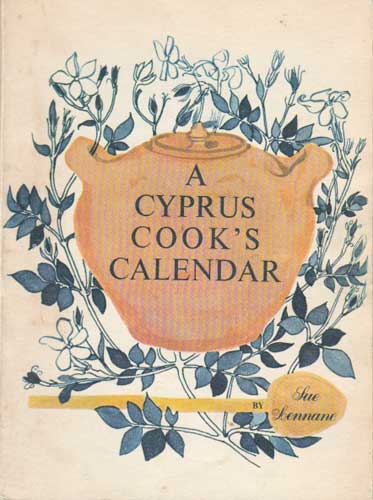
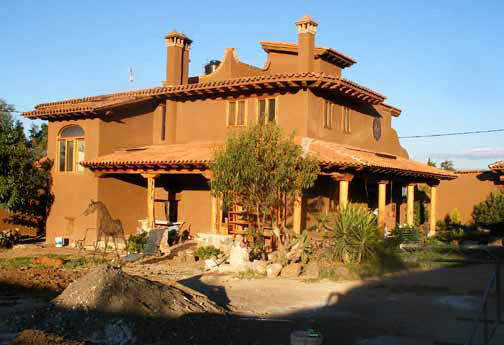
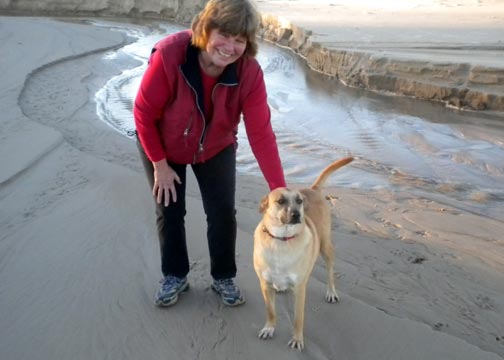
![By Fedaro (Own work) [CC-BY-SA-3.0 (http://creativecommons.org/licenses/by-sa/3.0)], via Wikimedia Commons](https://peelbooks.com/susanjoycejourneys/wp-content/uploads/parrillero.jpg)
